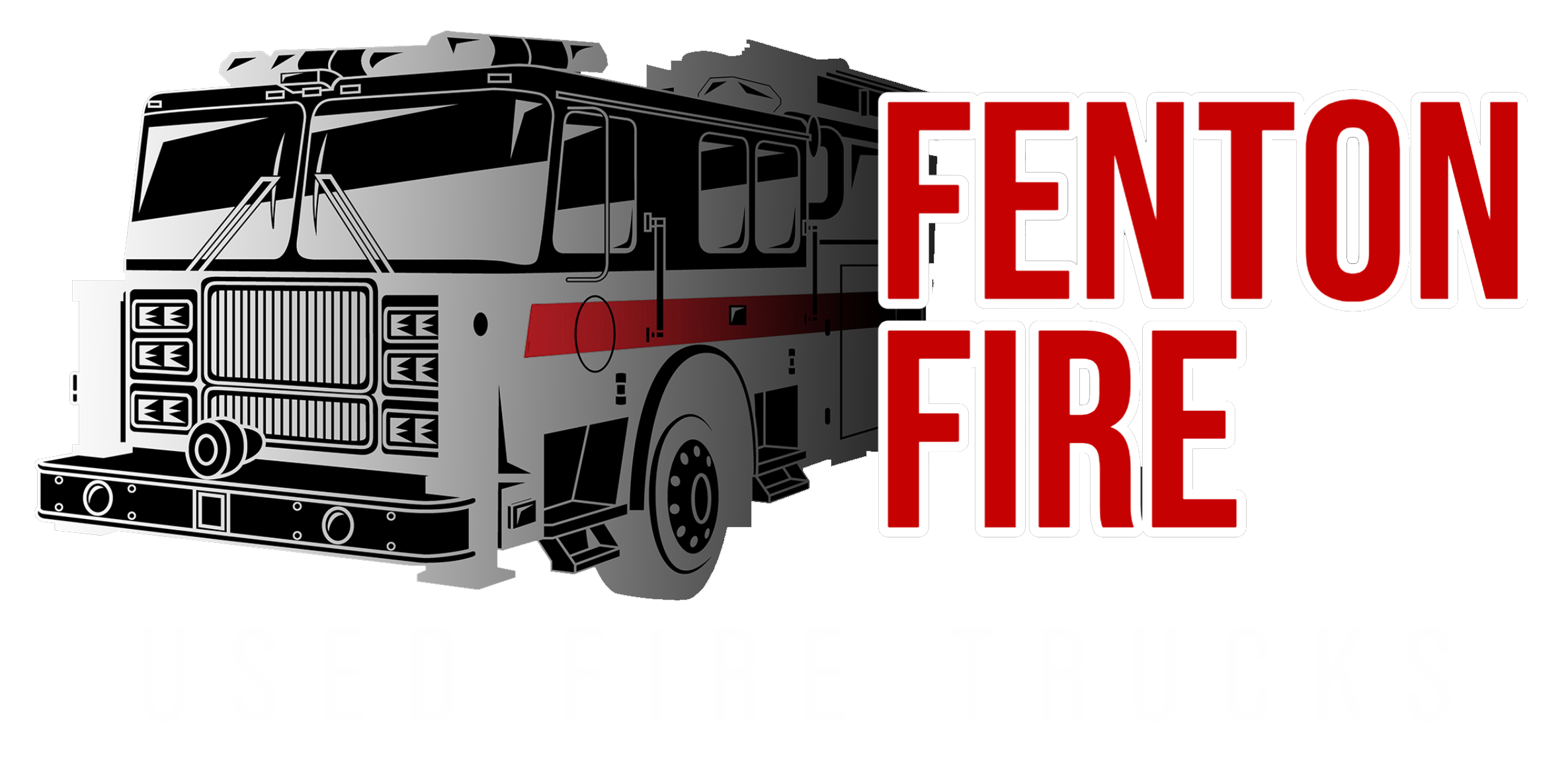Striking the right balance on your tanker truck needs isn’t always easy. Is a single, bigger tanker truck the right option for your fire department? Or, would a fleet of several smaller tankers make more sense over the long term?
There are a few different ways to go about building the right tanker truck coverage. If you’re just starting to explore your used fire truck options in search of the perfect tanker, we’ve got three key tips to keep in mind:
1. Determine your specific needs
Do the math before you start. Taking a real formulaic approach where tankers are concerned can help set you on the right course from the get-go. First, ask yourself: what kind of fire load are we protecting? Start with the volume you’re going to need to be flowing per minute, and work backward from there. If you need to hit 3,000 gallons a minute with your tankers, and you know the average distance you’re going to be from a water source (be it dynamic or static), you can start to map out just how big a tanker it’s going to take and how many tenders you require. If you’re 3 miles away from water every time the tanker truck empties, that changes the game on how much water you’ve got to carry to begin with.
2. Don’t limit the speed factor to how fast the water flows
The bigger the water tender, the more water you have on site to begin with, and the longer you can go before needing a refill. On the flipside: the bigger the tender, the longer it takes to fill up. What’s more – the bigger the tank is the heavier the truck becomes, which means you could be driving much slower, or even struggling to navigate tricky turns or tight driveways. There are pros and cons to both bigger and smaller tankers. But taking a long, hard look at the district you’re serving can help you assess which speed factors matter most for your fire department. Sometimes, having multiple smaller tankers that fill – and move – quicker can actually make more sense in the long run. It depends on the nature of the district you’re in.
3. Know your under-writing benchmark
As a general rule of thumb, anything over a 1,000-gallon tank is considered a tanker truck. But meeting the under-writing benchmark for your fire department is more complex than just that stat alone. In some fire response areas, to certify your fire department as a true tanker task force, underwriters could require anywhere from 250 to 1000 gallons per minute of uninterupted water flow. That means picking the right used fire truck to meet your tanker needs isn’t only about this one purchase. You’ve got to take the whole fleet into account and make sure the combined vehicles help you hit those magic thresholds. This is one of those times when the whole really is greater than its parts. Add up your capacity before you start the used fire truck search if you want to choose a tanker that’s going to suit the district’s overall needs for the years to come.
Ready to start shopping for your next tanker? Check out our huge selection of tanker trucks here.
